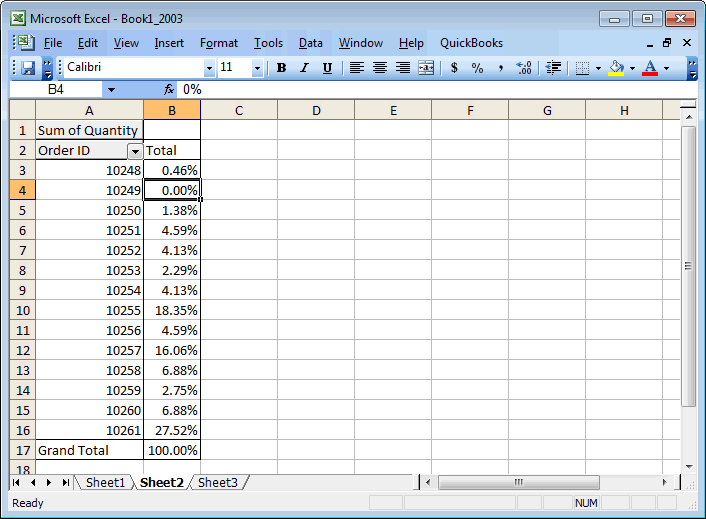

After all, it’s not something you need every day. Whether you’re an Excel novice or a whiz, you might not know this skill. Click each to determine which of the data you see you can display everything for each group of data, or just the total.By Rich Rinaldi on Februin Advanced Excel Functions and Formulas, Excel FormattingĪt some point, you’ll be asked how to create a drop down list in Excel.

Look at the left-hand border of the spreadsheet you'll see little + signs and brackets. Here's an example of the results with Average chosen as the function instead of Sum. The subtotals will appear here are the results with Sum as the function. Marking it will reorganize the data, and not in a good way. Select the function you want in the Use Function list.Ĭlick the Options button and be sure that the Pre-Sort Area According to Groups option is unmarked. If you don't want to add, but do averages or something, you can do that, as well. In the Subtotals window, in the first tab, select the columns you want to add up, and be sure that Sum is marked as shown. Select the data and the headings selecting the headings makes it easier to choose the data to work with. If you put in the subtotals with the Quick Sum feature, then you'd have to make sure that your Total figure included only the original cells, not the subtotal amounts, as well.Ī situation like this is when you'd use the Subtotal feature. However, sometimes things are a little more complicated? What if you had something like this, with groups of figures you want to subtotal? You'd want subtotals as well as a total.

Then the proposed total appears, and you can just press Enter or click the green checkmark icon if you want it. Click below or to the right of a column or row of numbers, and click the Quick Sum icon. The Quick Sum feature on the toolbar, for instance. You have many ways to add up figures in spreadsheets.


 0 kommentar(er)
0 kommentar(er)
